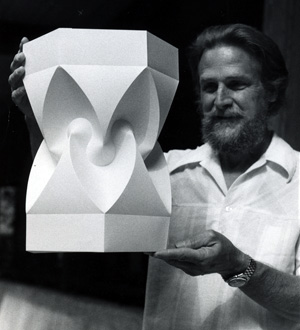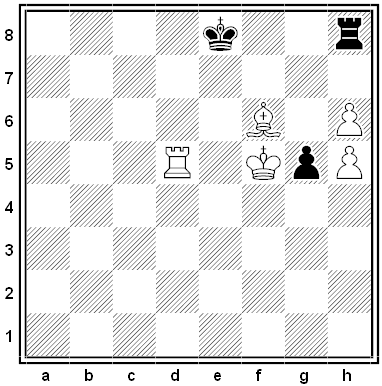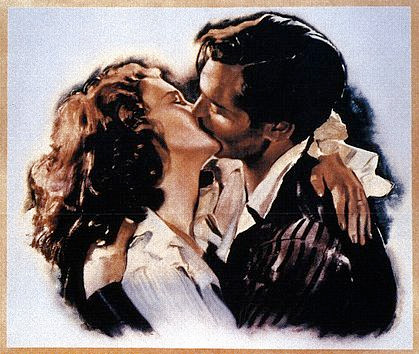During the American Civil War, enemy soldiers would sometimes meet to barter. Tobacco was hard to get in the North, and coffee was scarce in the South, so, where it could be done safely, soldiers would meet between the lines to trade.
In some cases this was done across distances. If a river or lake separated the lines, a tiny boat would be laden with commodities and sent to the other side, where it would be unloaded and filled with exchange cargoes, as agreed on by shouting and signaling across the water. On the Rappahannock early in 1863 a group of New Jersey soldiers received a shipment “by miniature boat six inches long.” It carried this note:
Gents U.S. Army
We send you some tobacco by our Packet. Send us some coffee in return. Also a deck of cards if you have them, and we will send you more tobacco. Send us any late papers if you have them.
Jas. O. Parker
Co. H. 17th Regt. Miss. Vols.
Alfred S. Roe, who served in a New York artillery unit, recalled that near Petersburg in the winter of 1864, “a certain canine of strictly impartial sentiments” was “taught to respond to a whistle from either side. Thus with a can of coffee suspended from his neck he would amble over to the Johnnies, and when they had replaced coffee with tobacco he would return in obedience to Union signals, intent only on the food reward both sides gave him.”
(From Bell I. Wiley, The Life of Billy Yank: The Common Soldier of the Union, 1952.)







